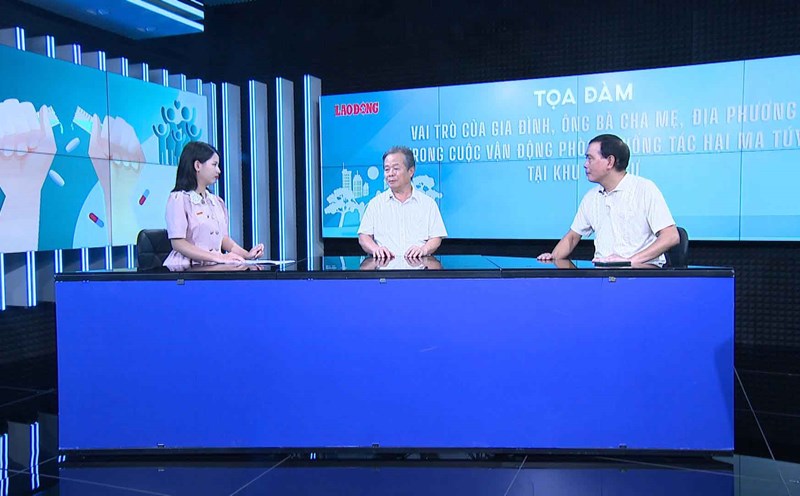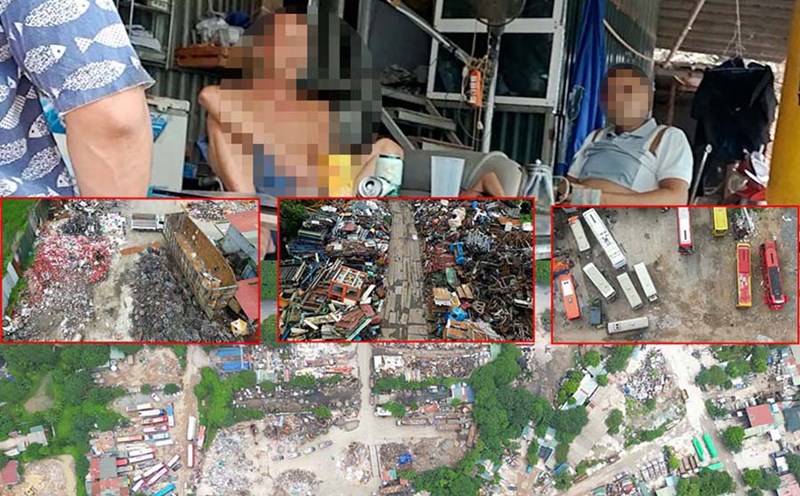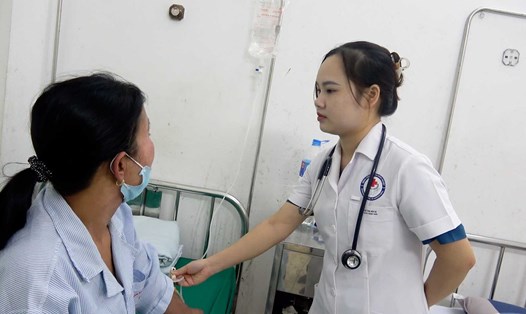According to the report of the Veterinary Department of Long An province on the situation of Avian Influenza (CGC) A/H5N1 epidemic in tigers at My Quynh Zoo, Tan My commune, Duc Hoa district, Long An province (hereinafter referred to as the Zoo), from August 2024 to September 16, 2024, at the Zoo, 30 tigers and lions died (27 tigers and 3 lions).
Of these, 3 tigers were newly imported from Mango Garden Eco-tourism Company Limited, Bien Hoa City, Dong Nai Province on September 6, 2024. The remaining individuals originated from the Zoo. The food source for the tigers and lions (chicken) was imported from Ho Chi Minh City. The Department of Animal Health tested a sample of the dead tiger at the Zoo on August 16, 2024 and the result was positive for the CGC A/H5N1 virus.
Next, according to the report of the Veterinary Department of Dong Nai province, from September 8, 2024 to September 22, 2024, 21 animals (20 tigers and 1 black panther) died out of a total of 42 tigers and 2 panthers raised at the Mango Garden Ecotourism Area of Mango Garden Ecotourism Area Company Limited, Bien Hoa city, Dong Nai province (hereinafter referred to as the Tourist Area).
The Department of Animal Health has tested two samples from the dead tiger at the tourist area and the results were positive for the CGC A/H5N1 virus. The CGC A/H5N1 virus is very dangerous, can cause disease in poultry, many wild animals and cause disease in humans.
Faced with this development, the Ministry of Agriculture and Rural Development sent an official dispatch to the authorities of Long An and Dong Nai provinces, requesting urgent implementation of disease prevention measures according to the provisions of the Veterinary Law.
In particular, focus on assigning the Department of Natural Resources and Environment to preside over and coordinate with the Department of Agriculture and Rural Development and the Department of Health to organize the epidemiological investigation of CGC A/H5N1 on tigers, lions and leopards at My Quynh Zoo, Vuon Xoai Eco-tourism Area, to determine the source of the epidemic and risk factors.
In particular, trace the source of food provided for animals and the origin of animals imported to Zoos and Tourist Areas recently.
Request the Zoo and Tourist Area to continue to closely monitor the disease situation for the remaining tigers, leopards, lions in the herd, and wild animals in the Zoo and Tourist Area. Isolate sick animals and strictly report the disease to local professional agencies when detecting cases of wild animals with disease, suspected disease, or death, and continue to coordinate in taking samples and sending them to the Central Veterinary Diagnosis Center for testing to determine the cause of the disease and in-depth analysis.
Perform daily cleaning and disinfection. Do not import or export animals to or from the entire area where there are sick or dead animals. Limit human contact with animals during the disease treatment period.
In addition, animal caretakers must be fully equipped with protective gear. Strictly manage food sources for wild animals in the tourist area. Do not open to visitors until the epidemic is completely resolved.
Direct local veterinary agencies to investigate, collect samples for testing, determine the cause of the outbreak in poultry and handle the outbreak. Strengthen surveillance and early detection of CGC outbreaks in poultry. Especially the areas around places where tigers, leopards, lions are kept, and places that provide food for wild animals to handle promptly, not allowing the epidemic to spread widely.
Actively monitor CGC virus in wild animals raised in zoos and tourist areas, collect fecal and environmental samples to monitor and detect pathogens early, and prevent the disease from spreading to many animal species and humans.
At the same time, urgently review and count the total poultry herd in the area, continue to implement CGC vaccination on eligible subjects, ensuring a vaccination rate of over 80%...
Strictly handle cases of keeping wild animals in captivity that do not comply with veterinary regulations, regulations on disease reporting and animal disease prevention and control. In cases of non-compliance with veterinary laws and allowing disease to spread, it is necessary to close the Zoo and Tourist Area until the disease is completely treated and the responsibilities of the organizations and individuals involved are handled...






